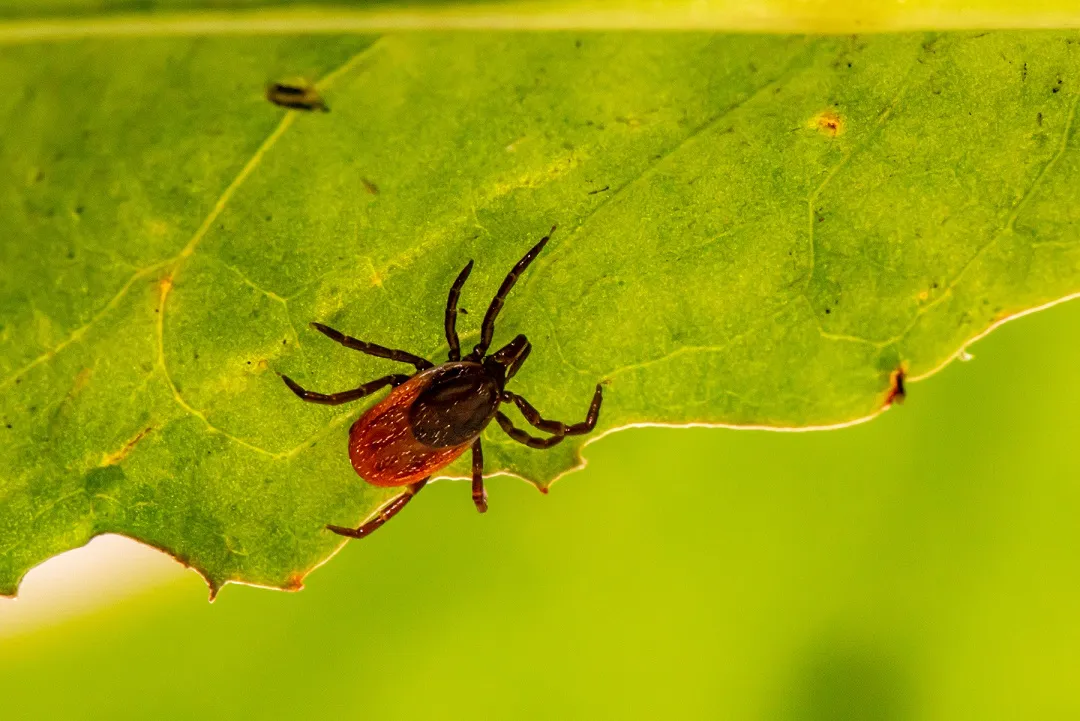The spring and summer season is a time for nature walks. In addition to the beautiful surroundings, all sorts of creatures await us there, including, unfortunately, ticks, which can carry dangerous diseases. Among them, Lyme disease is the most frequently mentioned. What is the treatment of Lyme disease in pregnancy?
Lyme disease in pregnancy- how can you get infected?
Lyme disease is a zoonotic disease transmitted mainly by ticks of the genus Ixodes. Infection most often occurs in spring and summer during walks in the woods or meadows. However, ticks also appear in the city, so after every trip to the park you should inspect your body to see if you have brought home an uninvited guest. Ticks infected with spirochetes transmit them to humans. The longer this arachnid resides on a person’s skin, the greater the risk of disease transmission. Note, however, that not every tick is infected. The mere fact that a tick transmits Lyme disease also does not mean that a human infection will definitely occur. For this reason, doctors advise against subjecting ticks removed from a person’s skin to examination, as this adds nothing to further management and can lead to unnecessary antibiotic therapy.
Lyme disease in pregnancy- how to treat?
The diagnosis of Lyme disease is made in most cases on the basis of the characteristic symptom of erythema migrans appearing on the skin. This is a symptom that authorizes the initiation of treatment without performing additional tests. In case of doubt or after a period of time after the onset of erythema, a blood test for Lyme disease can be performed – using the Elisa test and Western- Blot (the so-called confirmation test).
Treatment of Lyme disease in pregnancy, as outside of pregnancy, consists of antibiotic therapy lasting 14-28 days. The only difference with non-pregnant patients is that doxycycline is banned for use in pregnant women due to the risk of complications the drug may cause on the developing fetus. Antibiotics of the penicillin group and second- and third-generation cephalosporins are used in mothers-to-be.
Lyme disease in pregnancy- possible complications
Scientific studies conducted have not confirmed an increased risk of birth defects in the fetus after a mother-to-be had Lyme disease during or before pregnancy. There are, in fact, isolated reports associated with the disease in early pregnancy, but they still require further observation. The most important issue both in and out of pregnancy remains effective antibiotic therapy when symptoms of the disease appear. It protects against possible complications including, among others. neuroborreliosis. It is important to remember that if Lyme disease is suspected, including the occurrence of erythema migrans, to see a doctor who will implement appropriate and safe treatment for the mother-to-be. Attention is also paid to pregnant women’s use of appropriate clothing for trips to the forest and repellents that are safe for moms-to-be.
Rate this article:












